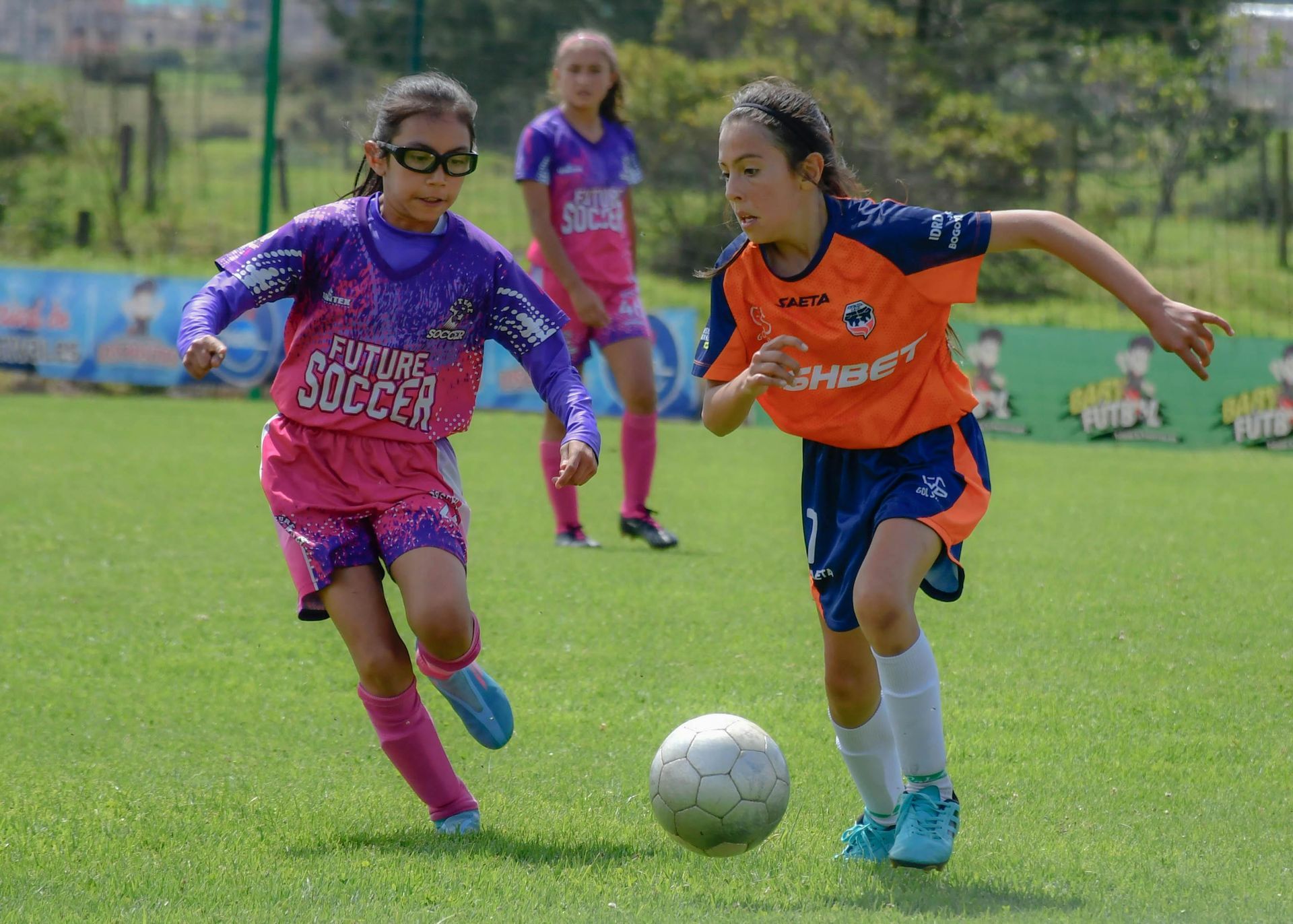Young Coaches & Risk in School Sport
Why Risk Assessments Matter in School Sport

School sports offer invaluable opportunities for students to build teamwork, resilience, and physical fitness. However, alongside these benefits comes the responsibility to manage dynamic risks on and off the field. For young coaches stepping into their roles, mastering sport safety and risk management is essential to creating a secure environment where every student can thrive.
A risk assessment is more than a paper exercise—it’s a living process that helps coaches:
- Identify potential hazards (e.g., uneven playing surfaces, extreme weather, or inadequate equipment).
- Evaluate the likelihood and severity of incidents like sprains, concussions, or heat stress.
- Implement controls such as modified drills, emergency action plans, or communication protocols.
- Review and adapt after every session to ensure continuous improvement.
By embedding risk management into every lesson, coaches demonstrate their duty of care and build trust with students, parents, and administrators.
Supporting Young Coaches: Decision‑Making Frameworks
Young staff often face pressure to deliver engaging lessons while juggling safety considerations. Here’s how schools can back them up:
- Structured Templates
Provide simple, customizable risk assessment templates that guide coaches through hazard identification, control measures, and monitoring strategies. - Mentorship Pairing
Pair first‑year coaches with experienced peers or senior staff to discuss scenarios, share best practices, and debrief after sessions. - Scenario‑Based Training
Use real‑world examples—like sudden weather changes or equipment failure—to practice rapid decision‑making and reinforce emergency action steps. - Regular Feedback Loops
Schedule short post‑session reviews where coaches reflect on what went well, what risks emerged, and how responses could be improved
To give young coaches a solid foundation, they need clear training on:
- Roles & Responsibilities: Clear guidance on the legal and ethical duty of care for teachers, coaches, and administrators.
- Dynamic Risk Planning: Assessing courts, fields, and equipment under varying conditions.
- Emergency Action Planning: Step‑by‑step practices for responding to injuries, medical events, or environmental hazards.
Effective Staff Preparation Includes:
- Build a Safety‑First Culture
Emphasize that sport safety is integral to every practice. Celebrate examples where controls prevented incidents. - Empower Through Knowledge
Equip young coaches with clear frameworks and checklists so they feel confident spotting and mitigating risks. - Encourage Collaboration
Safety decisions should never be made in isolation—promote open communication between coaches, teachers, and parents. - Promote Continuous Learning
Risks evolve. Regularly review incident reports, weather alerts, and equipment audits to keep safety plans current. - Leverage Structured Training
Invest in concise, focused courses like to ensure all staff share a common language and approach to risk management.
Preparing young coaches for school sport isn’t just about teaching drills or tactics it’s about instilling a clear understanding of dynamic risk and the confidence to make informed decisions under pressure. By integrating structured risk assessments, mentorship, and targeted training, schools can create safer, more effective sporting programs that benefit students, staff and the wider community.











